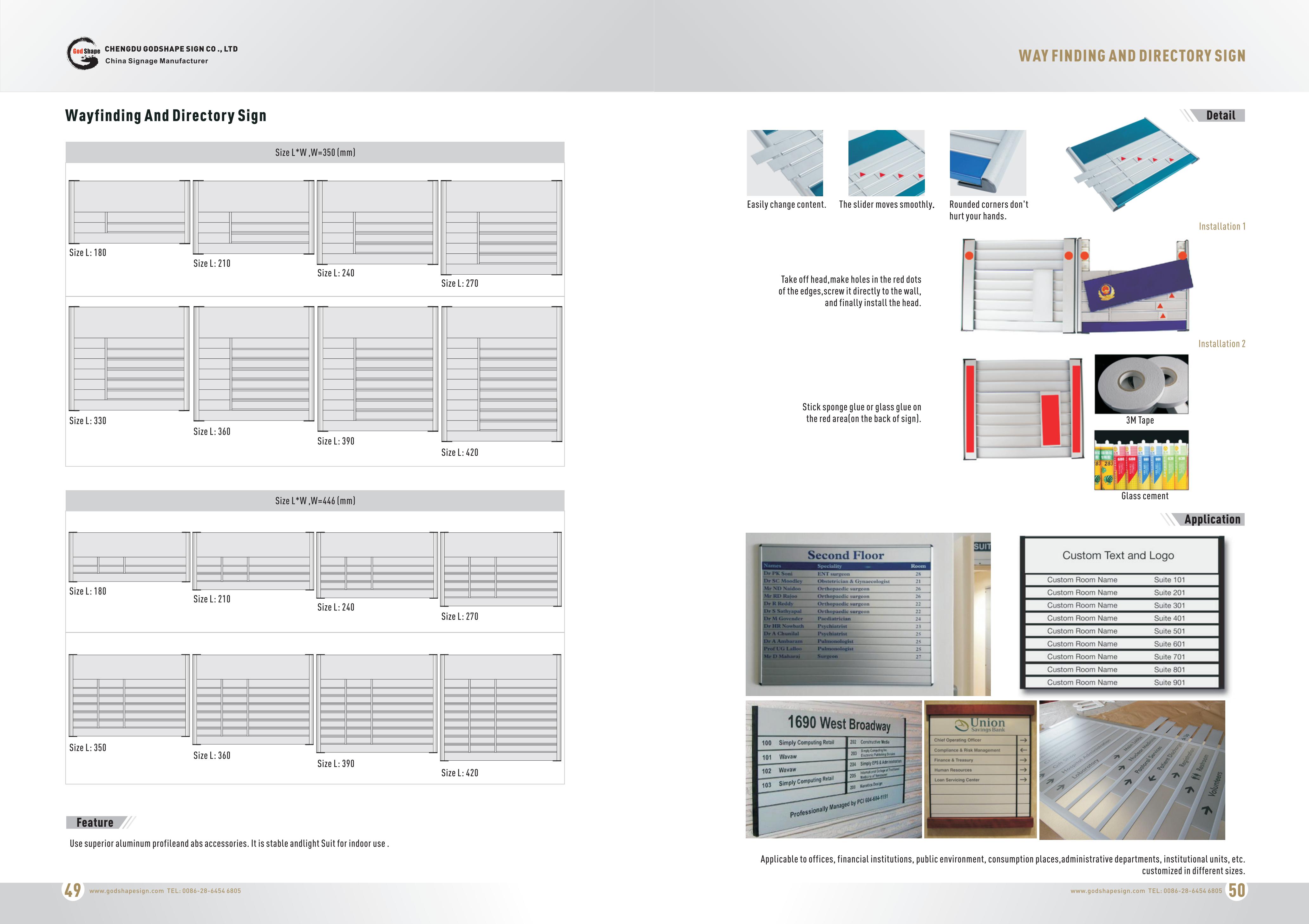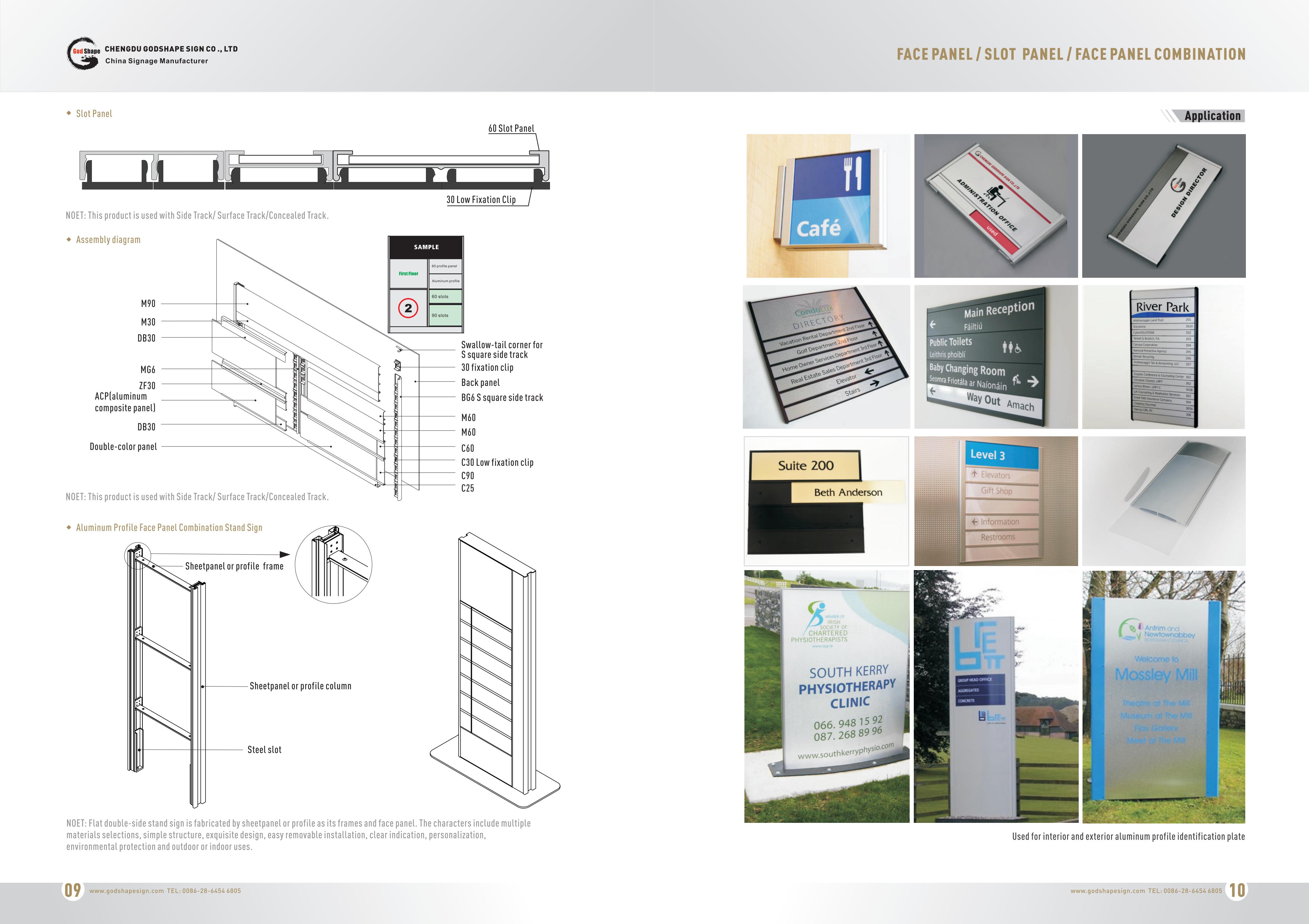Although some printing companies have introduced CTP and digital proofing, some local digital printing production has been achieved. However, through the surface phenomena of these digital productions, it was surprisingly found that the CTP usage rate of many enterprises is not high. This has both the factors of the enterprise's own comprehensive management and the reasons for the improper selection of the CTP system.
A complete CTP system not only includes output devices such as CTP and digital proofing, but also includes digital production processes. The digital production process is the core of the entire CTP system and controls each output device. Therefore, to evaluate the advantages and disadvantages of a CTP system, it is necessary not only to examine the performance of each output device, but also to consider the overall process efficiency that the digital process and each output device match. Therefore, when selecting a CTP system, it can be considered from the following factors.
The CTP process seamlessly integrates with the original photocopying system
Nowadays, the use of imagesetters in printing companies is relatively large, and the actual production does not allow the immediate abandonment of the traditional process based on the imagesetters. Therefore, the CTP and the photosetter will coexist for a period of time. The CTP system is fully compatible with the imagesetter system and is compatible with different brands of imagesetters. All devices continue to play a role in the CTP process.
Core technology meets international standards
PDF files have become the technical core of the digital production process because of their good stability, strong compression capability, and the extensibility of different platforms. The current implementation of the standard is PDF 1.5. In actual production, the customer's documents are unpredictable. It may be PDF, PS, DCS, TlFF, JPEG, 1-bit TlFF, and other types of documents. The CTP process must be able to convert various documents into PDF international standards.
Truly "One RIP, Multiple Outputs"
1-bit TlFF, also known as electronic film, is a rasterized document that has become an international standard after PDF today. The electronic film multiple output is a true "one RlP, multiple output." Determine whether the workflow conforms to this definition. Simply put, simply look at the files that are waiting for the rasterization in the process to be a single-page file or a large version of the file. If it is a large version of the file, it does not belong to this definition.
Meet the requirements of CIP4, support the JDF standard
The most prominent feature of ClP4 is the definition of the production status of the print job. The support for job ticketing and JDF is the most basic requirement of the CTP process, and it is also a prerequisite for the workflow and the printing resource management system to transmit information.
Guaranteed stable color transfer
Color management has always been a concern for printing companies. The color management links in the workflow, such as digital proofing and related color-lossless conversion processes, provide a guarantee for the improvement of process work efficiency.
Looking at the commercial CTP process in China, GAP's CTP process with Huizhi as its core is flexible and flexible. It can be seamlessly integrated with the digital processes of any printing company's existing systems and can fully meet your requirements. Tailored CTP process. It not only can be used with CTP, adapts to existing imagesetters, but also can be fully adapted to JDF format, PDF1.5 format, it is easy to convert PDF or PS workflow to JDF-based environment, and achieve with prepress, printing, printing After the operation of the perfect information transmission, but also able to connect the high-tech Printing Resources Management System (ERP), to provide more timely and effective data protection for enterprise applications, its excellent color management software BlackMagic and RlP after the workflow process Efficient production is fun.
In short, the high-tech commercial CTP process not only provides the core of color management, but also incorporates Huizhi’s unique ColorGenius color conversion engine to ensure that the colors are consistent in the CTP process and allow you to experience a tailor-made surprise.
Source: Printed Today
There are four types of wayfinding signs: identification, directional, informational, and regulatory. As standalone signs, they serve a specific role; as part of the greater wayfinding system, they inform each other.
Here`s what facility managers need to know about deploying each of the primary wayfinding types of signage.
1. Identification
Identification is the most common type of wayfinding signage. They tell a person when they have arrived at their destination. They also serve as general wayfinding landmarks.
Need to get your bearings? Identification signage is there for you. If you`re looking for Sales and you keep seeing signs for Human Resources, you know you`re in the wrong place.
Make identification signs uncluttered and straight to the point. What does the sign signify? Someone should understand it in seconds.
General examples
- Door plaques (Assistant to the Regional Manager)
- Departmental markers (Accounting and Finance; Sales)
- Landmark signage (donor plaque; historical marker)
2. Directional
Directional signage helps people get to where they`re going. It`s an invisible hand guiding them from wherever they are to their destination, one step at a time. They`re best used at junctions and areas without a clear traffic flow.
Anyone unfamiliar with their surroundings benefits from diverse directional signage. It can be as simple as a plaque at each junction sending people left or right. Or, it may be as comprehensive as colored lines on the floor leading people directly to their destination.
Continuity is key for directional signage. If a person becomes lost anywhere between two points using directional signage, it`s immediately invalidated. Picking up the trail again means backtracking or getting lucky.
General examples
- Junction signage (left to cafeteria; right to an exit)
- Colored lines on the floor (blue for marketing; red for sales)
- Directory signage (CEO, 8th floor; HR)
3. Informational
Whereas identification signage marks a particular area, informational signage pertains to the overall facilities. These signs give people broad information they need while navigating.
Informational signage is best placed in an area with broad exposure. Lobbies, waiting rooms, building entrances, and atriums are popular examples. Signage should answer questions before they`re asked. Where are your bathrooms? How late are you open? Do you have an elevator?
Informational signs should be universally understandable at a glance-signs and symbols anyone can understand.
General examples
- Amenities and accommodations (free Wi-Fi; elevators)
- Facilities signage (bathrooms; exits; cafeteria)
- Business information (hours of operation; address numbers)
4. Regulatory
Regulatory signage is a proactive form of wayfinding. It`s focused on safety and liability concerns and sets boundaries-what is and isn`t acceptable in your facilities. It`s used to establish and reinforce rules, safety standards, and privacy expectations.
Regulatory signage is generally big and bold. No frills-only a clear, concise, prominent message. Someone probably won`t open a closet if there`s a [Caution! High Voltage!" sign on the door. Similarly, displaying a [No Pets Allowed" sign means Fido isn`t welcome.
Use regulatory signage wherever it applies and leave no room for ambiguity. A handicap sign sets a clear precedent, just like an [Employees Only" sign on a locked door.
General examples
- Rules and regulations (no smoking; no firearms)
- Compliance standards (ADA accessibility; high voltage sign)
- Access control (no entry beyond this point; employees only)
Combining wayfinding signage
Every type of wayfinding signage can and should be used with every other. Regulatory signs should keep people out of restricted areas as they follow directional signage to their destination. Identification signage should tell someone where they are, so they can follow directional signage to where they want to be. Informational signage-coupled with regulatory signage-needs to set behavior expectations in your facilities.
Additionally, all signage should be simple. Regardless of its purpose, someone should be able to look at a sign and known in seconds what it says, as well as what it means in relation to wayfinding.
Whatever the information, make sure you have the right mode of delivery. The simpler your signage and the more cohesive it is across all four types, the more effective it will be for anyone using it.


Directional Sign,Floor Index Sign,Project Sign Panel,Modular Wayfinding Sign Plate
Chengdu GodShape Sign Co., Ltd , https://www.signsgs.com